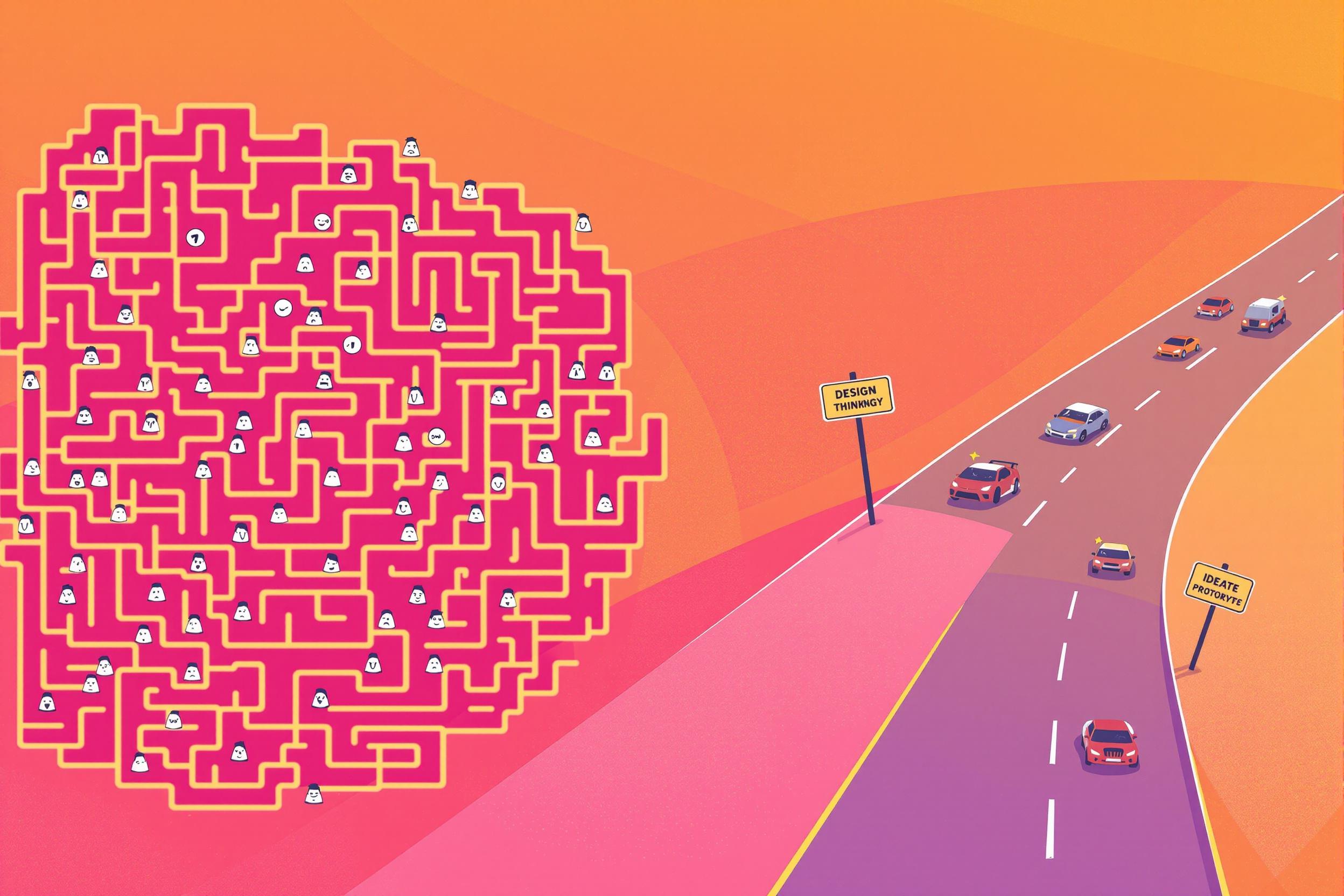
Complete Streets
Complete Streets is an approach to road and street design that makes sure streets work well for everyone - not just cars, but also pedestrians, cyclists, public transit users, and people of all ages and abilities. It's like making sure a street is a welcoming space for the whole community, similar to how a well-designed building needs to work for all its users. Other terms that mean similar things are "livable streets" or "shared streets." When you see this on a resume, it means the person has experience in designing or planning roads that consider all types of users, not just drivers.
Examples in Resumes
Led implementation of Complete Streets policy for downtown revitalization project
Designed Complete Streets elements including bike lanes and wider sidewalks for 5 major corridors
Created community engagement strategy for Complete Streets and Livable Streets initiatives
Typical job title: "Transportation Planners"
Also try searching for:
Where to Find Transportation Planners
Professional Associations
Job Boards
Professional Networks
Example Interview Questions
Senior Level Questions
Q: How would you handle resistance from business owners concerned about losing parking spaces in a Complete Streets project?
Expected Answer: A senior planner should discuss strategies for community engagement, data collection on parking usage, presenting case studies of successful projects, and proposing compromise solutions like time-shared parking or improved parking management.
Q: How do you measure the success of a Complete Streets implementation?
Expected Answer: Should mention various metrics like pedestrian counts, bicycle usage, crash reduction statistics, business revenue changes, and community satisfaction surveys, while explaining how to gather and present this data effectively.
Mid Level Questions
Q: What elements would you consider when designing a Complete Street in a school zone?
Expected Answer: Should discuss safety features like reduced speed limits, visible crosswalks, timing of traffic signals, separation of different modes of transport, and how these work together to protect vulnerable users.
Q: How do you incorporate Complete Streets principles in areas with limited right-of-way?
Expected Answer: Should explain creative solutions like shared spaces, traffic calming measures, and how to prioritize different user needs when space is limited.
Junior Level Questions
Q: What are the basic elements of a Complete Street?
Expected Answer: Should be able to list basic components like sidewalks, bike lanes, transit stops, crosswalks, and explain how they serve different users.
Q: Why are Complete Streets important for a community?
Expected Answer: Should discuss benefits like improved safety, accessibility for all users, environmental benefits, and positive impacts on local businesses and community health.
Experience Level Indicators
Junior (0-2 years)
- Understanding of basic Complete Streets concepts
- Familiarity with street design guidelines
- Basic AutoCAD or GIS skills
- Knowledge of traffic safety principles
Mid (2-5 years)
- Project management for street redesigns
- Community engagement experience
- Cost estimation and budgeting
- Traffic analysis and data collection
Senior (5+ years)
- Policy development and implementation
- Multi-project coordination
- Stakeholder relationship management
- Grant writing and funding acquisition
Red Flags to Watch For
- No understanding of different transportation modes
- Lack of community engagement experience
- No knowledge of accessibility requirements
- Unable to balance needs of different street users
Need more hiring wisdom? Check these out...

From Farewells to Future Allies: Transforming Exit Interviews into Lifelong Connections

Unified HR Experience Platforms: Transforming the Way We Work

Why Your Hiring Process is a Maze (And How Design Thinking Can Turn It into a Superhighway)

